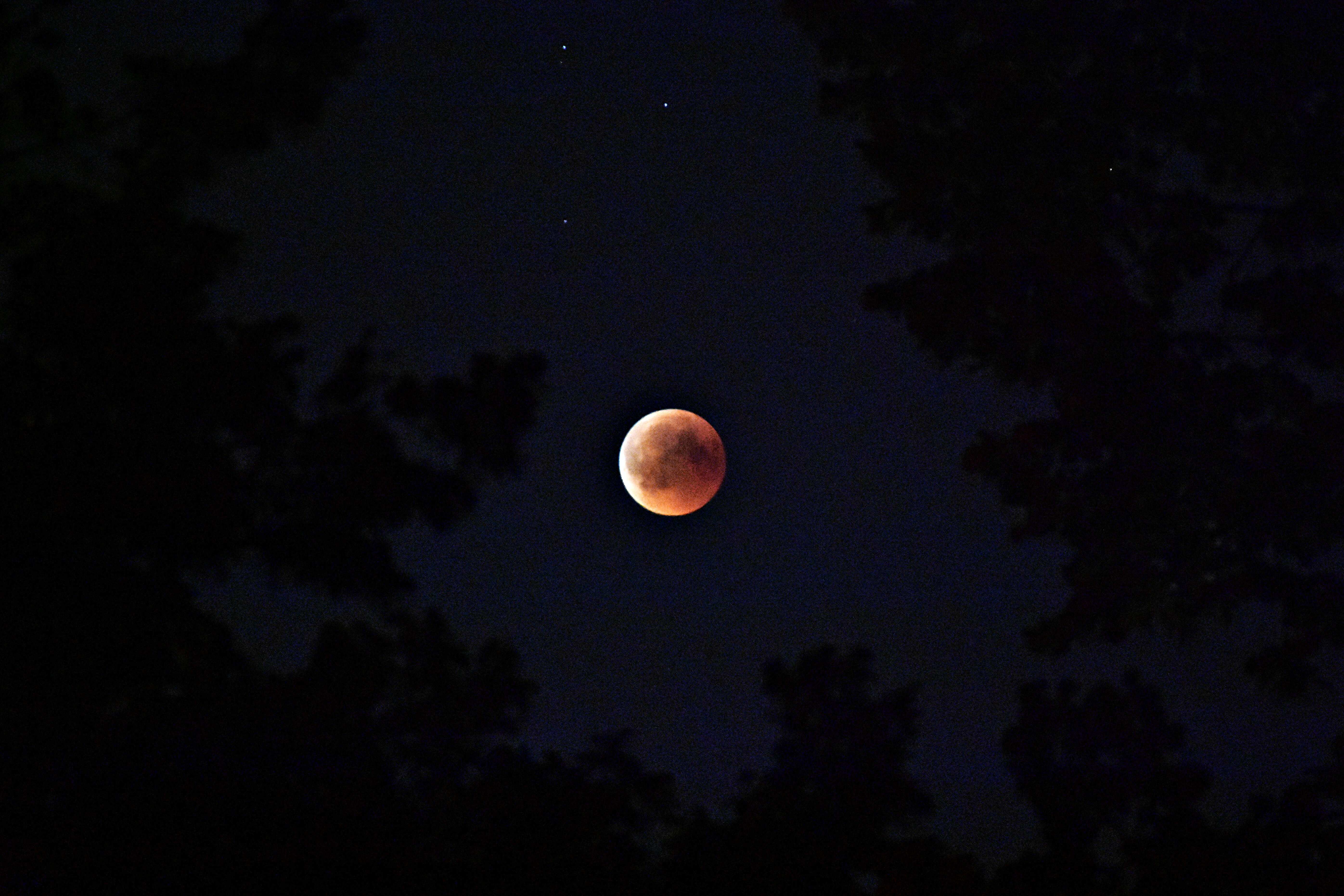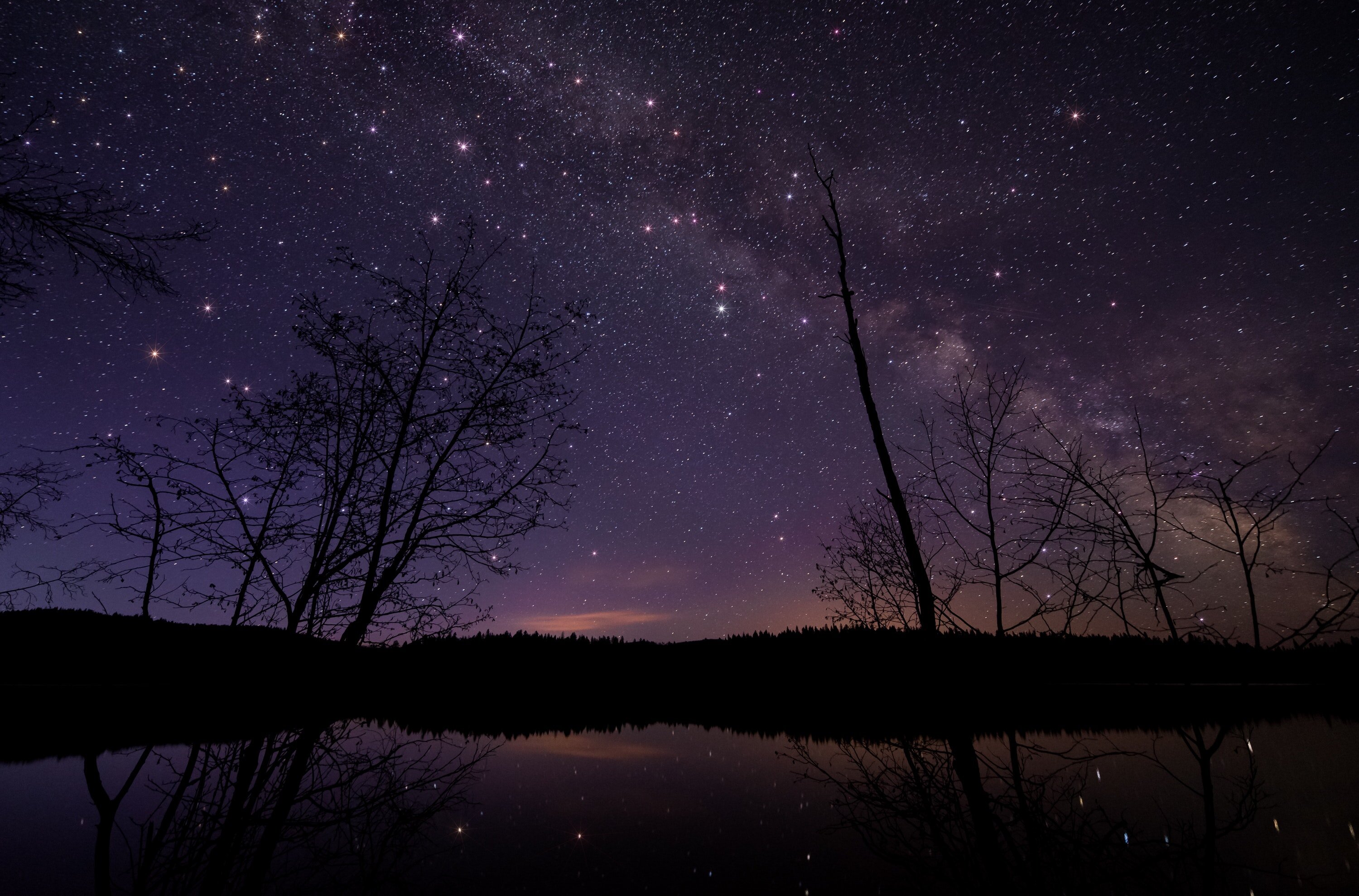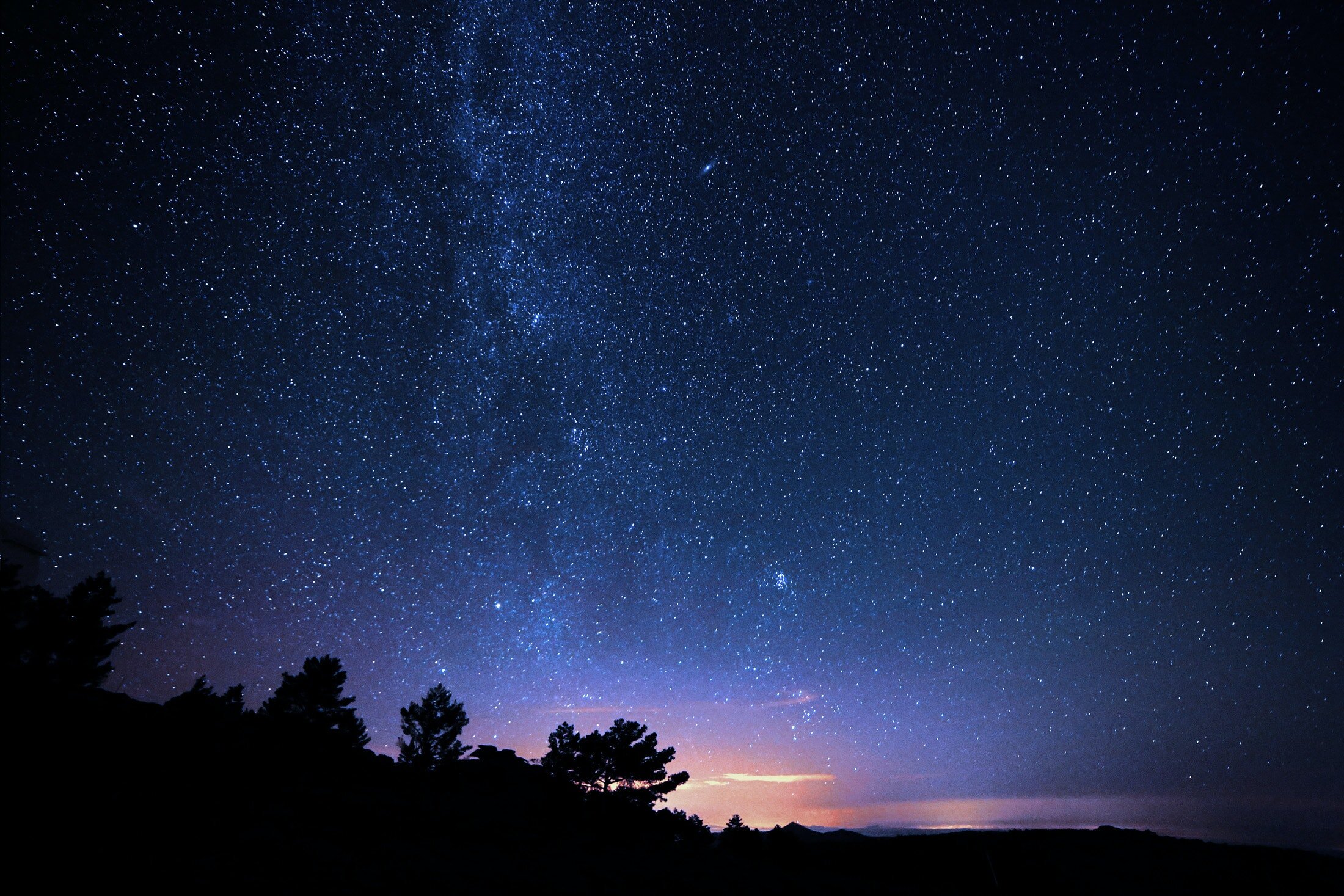Table of Contents
- Introduction to Astrophotography
- Answering the question: What is Astrophotography?
- Unveiling the different types of Astrophotography
- Beginner's guide on how to get into Astrophotography
- Essential equipment for Astrophotography
- Tips for capturing stunning Astrophotography
- Showcasing your Astrophotography in a Portfoliobox online portfolio
- Exploring further: Advanced concepts in Astrophotography
- Conclusion: Taking your next steps in Astrophotography
Introduction to Astrophotography
Astrophotography is a unique and intriguing branch of photography that focuses on capturing the celestial wonders of the night sky. The allure of astrophotography lies in its ability to reveal the unseen beauty of the cosmos, the galaxies, nebulae, and star clusters that exist far beyond the human eye's reach. It offers a chance to explore the universe without leaving the comfort of your backyard. The magic of astrophotography is that it takes one on a journey through time and space, capturing the grandeur of the universe in a single snapshot.

Answering the question: What is Astrophotography?
Astrophotography, in its simplest form, is the art of photographing astronomical objects and phenomena. This could include anything from capturing the vastness of the night sky to detailing the craters of the moon or even the rings of Saturn. It combines the scientific pursuit of astronomy with the creative outlet of photography, making it a unique blend of art and science.
Astrophotography encompasses a range of styles and techniques, each with its own challenges and rewards. Some photographers focus on wide-field astrophotography, capturing sweeping landscapes under star-filled skies, while others prefer planetary or deep-sky astrophotography, targeting specific celestial objects like planets, galaxies, or nebulae. Regardless of the approach, astrophotography allows individuals to explore and document the cosmos in a tangible way.
Unveiling the different types of Astrophotography
There are primarily three types of astrophotography: wide-field, solar system, and deep-sky. Wide-field astrophotography involves capturing the sky over landscapes. It's the most accessible form of astrophotography because it requires less specialized equipment and techniques. Solar system astrophotography focuses on capturing celestial bodies within our solar system, like the moon, planets, and the sun. This type requires more specialized equipment like telescopes and mounts.
Meanwhile, deep-sky astrophotography is the most challenging and rewarding form. It targets distant celestial objects, such as galaxies, nebulae, and star clusters. This type requires highly specialized equipment, patience, and advanced image processing techniques. Although it may seem daunting, the breathtaking images that result make it well worth the effort.

Beginner's guide on how to get into Astrophotography
Getting into astrophotography is a rewarding journey, but it can be a daunting task for beginners. The first step is to familiarize oneself with the night sky. This involves learning about constellations, celestial objects, and how the sky changes during different seasons. There are many mobile apps and online resources available that can help beginners navigate the night sky.
The second step is to learn the basics of photography. This involves understanding how to control exposure, focus, and composition. This foundation is necessary before delving into the more specialized techniques of astrophotography. Lastly, practicing patience is essential. Astrophotography requires time and perseverance - but the results are absolutely worth it!
Essential equipment for Astrophotography
The equipment needed for astrophotography can vary significantly depending on the type of astrophotography one wishes to pursue. At the basic level, a digital single-lens reflex (DSLR) or mirrorless camera, a sturdy tripod, and a wide-angle lens are sufficient for wide-field astrophotography.
For solar system and deep-sky astrophotography, additional equipment such as a telescope, a motorized mount, and a specialized astrophotography camera may be necessary. These tools allow for greater magnification and longer exposures, which are essential for capturing distant celestial objects. Other useful accessories include a remote shutter release, a star tracker, and image editing software.

Tips for capturing stunning Astrophotography
Capturing stunning astrophotography images requires a combination of the right equipment, techniques, and conditions. Here are a few tips. First, find a dark location away from light pollution. Light pollution can wash out faint stars and celestial objects, making it difficult to capture clear images. Second, use the rule of 500 to avoid star trails.
This rule states that the maximum exposure time before stars start to trail is 500 divided by the focal length of your lens. Third, use image stacking techniques to reduce noise and enhance details. This involves capturing multiple images of the same scene and combining them in post-processing. Lastly, patience and perseverance are key. It can take many attempts and lots of practice to capture the perfect shot.
Showcasing your Astrophotography in a Portfoliobox online portfolio
After capturing and processing your astrophotography images, showcasing them in a Portfoliobox online portfolio is a great way to share your work with others. Portfoliobox is a user-friendly platform that allows you to create a professional-looking portfolio without any coding skills.
You can customize the design to suit your style, add text and links, and even sell prints of your work. A well-curated portfolio not only showcases your talent and passion for astrophotography but also helps you connect with other astronomy enthusiasts and potential clients.
Exploring further: Advanced concepts in Astrophotography
Once you've mastered the basics of astrophotography, there are many advanced concepts to explore. These could include techniques such as long-exposure astrophotography, which allows you to capture faint celestial objects over extended periods. There's also the challenge of astroscape photography, which involves incorporating earthly landscapes into your celestial shots.
Advanced astrophotography also involves mastering image processing techniques, such as stacking and post-processing. These techniques can significantly enhance the quality of your images, bringing out hidden details and reducing noise. But remember, the most important aspect of astrophotography is enjoying the journey of exploration and learning.

Conclusion: Taking your next steps in Astrophotography
Taking your first steps into the world of astrophotography can be an exciting and rewarding journey. It allows you to explore the cosmos in a unique way, capturing the beauty of the night sky and sharing it with others. Whether you're interested in wide-field, solar system, or deep-sky astrophotography, there's a whole universe waiting to be discovered.
Remember, astrophotography is a journey, not a destination. Don't be discouraged if your first few attempts aren't perfect. With time, patience, and practice, you'll soon be capturing stunning images of the night sky. So grab your camera, look up, and start exploring the cosmos through your lens.












